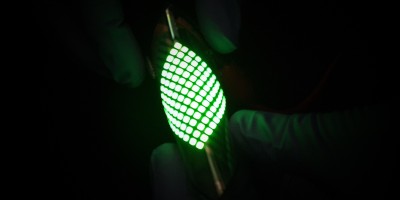Magnetic nanoparticles and gold-plated carbon nanotubes allow rapid detection of circulating tumour cells in the blood vessels of mice using two-colour photoacoustic methods.

References
Georgakoudi, I. et al. Cancer Res. 64, 5044–5047 (2004).
Nagrath, S. et al. Nature 450, 1235–1239 (2007).
Zharov, V. P. et al. Opt. Lett. 31, 3623–3625 (2006).
He, W. et al. Proc. Natl Acad. Sci. USA 104, 11760–11765 (2007).
Galanzha, E. I. et al. Nature Nanotech. 4, 855–860 (2009).
Elnakat, H. & Ratnam, M. Adv. Drug Deliv. Rev. 56, 1067–1084 (2004).
Wang, L. V. (ed.) Photoacoustic Imaging and Spectroscopy (CRC Press, 2009).
Huang, X. et al. Lasers Med. Sci. 23, 217–28 (2008).
Author information
Authors and Affiliations
Rights and permissions
About this article
Cite this article
Zemp, R. Detecting rare cancer cells. Nature Nanotech 4, 798–799 (2009). https://doi.org/10.1038/nnano.2009.367
Issue Date:
DOI: https://doi.org/10.1038/nnano.2009.367
- Springer Nature Limited
This article is cited by
-
Real-time Detection of Breast Cancer Cells Using Peptide-functionalized Microcantilever Arrays
Scientific Reports (2015)


